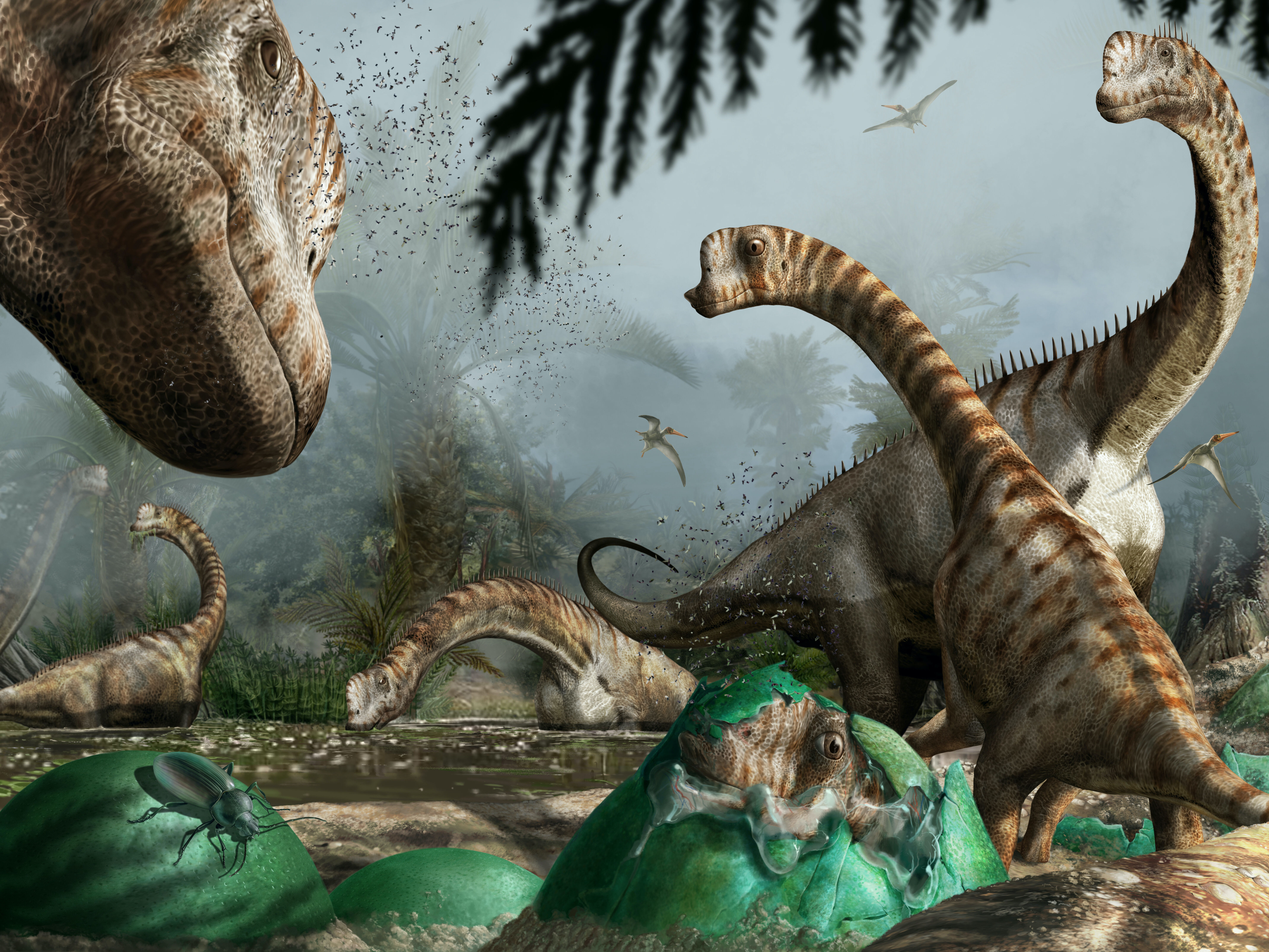Recently, scientists from the universities of Greifswald and Vienna examined skull remains of Europasaurus with high-resolution computer tomography scans. The little giant has been the ideal candidate for the researchers to investigate, since there are hardly any other sauropods with so much skull material from different ontogenetic stages. The respective study was published in eLife and suggests, among other things, that the species was precocial (DOI: https://doi.org/10.7554/eLife.82190).
For their study, Marco Schade from the University of Greifswald and his colleagues examined fossil braincase material of Europasaurus, belonging to different age stages: from very young and small individuals to adult ones. To learn more about these extinct dinosaurs, the researchers reconstructed the cavities that once housed the brain and inner ears of these extinct animals.
The part of the inner ear that is responsible for hearing, the lagena or cochlea, turns out to be relatively long in Europasaurus. This circumstance suggests that these animals had a good sense of hearing, rendering intraspecific communication crucial and gregarious behaviour likely. Another part of the inner ear is relevant for the sense of equilibrium and consists of three tiny arches. The scientists found that the inner ear cavities within very small specimens resemble the respective cavities of adults in form and size. This suggests that Europasaurus strongly relied on its ability to balance from a very young age. Some considered skull remains were so tiny (~2 cm) that they may belong to hatchlings, rendering the species precocial. Whereas some sauropods weighed in at several tens of tons more than their newly-hatched offspring (posing a lethal threat for the latter), the hatchlings of Europasaurus may have immediately roamed together with the herd.
The published results give an impression of the evolutionary history of long-gone biodiversity at a time long before humans entered the scene.
Further Informationen
Institute of Geography and Geology at the University of Greifswald
Department of Palaeontology at the University of Vienna
Publication
Neurovascular anatomy of dwarf dinosaur implies precociality in sauropods
Contact at the University of Greifswald
Marco Schade
Institute of Geography and Geology
Palaeontology and Historical Geology
Friedrich-Ludwig-Jahn Str. 17 A, 17489 Greifswald, Germany
marco.schadestud.uni-greifswaldde

